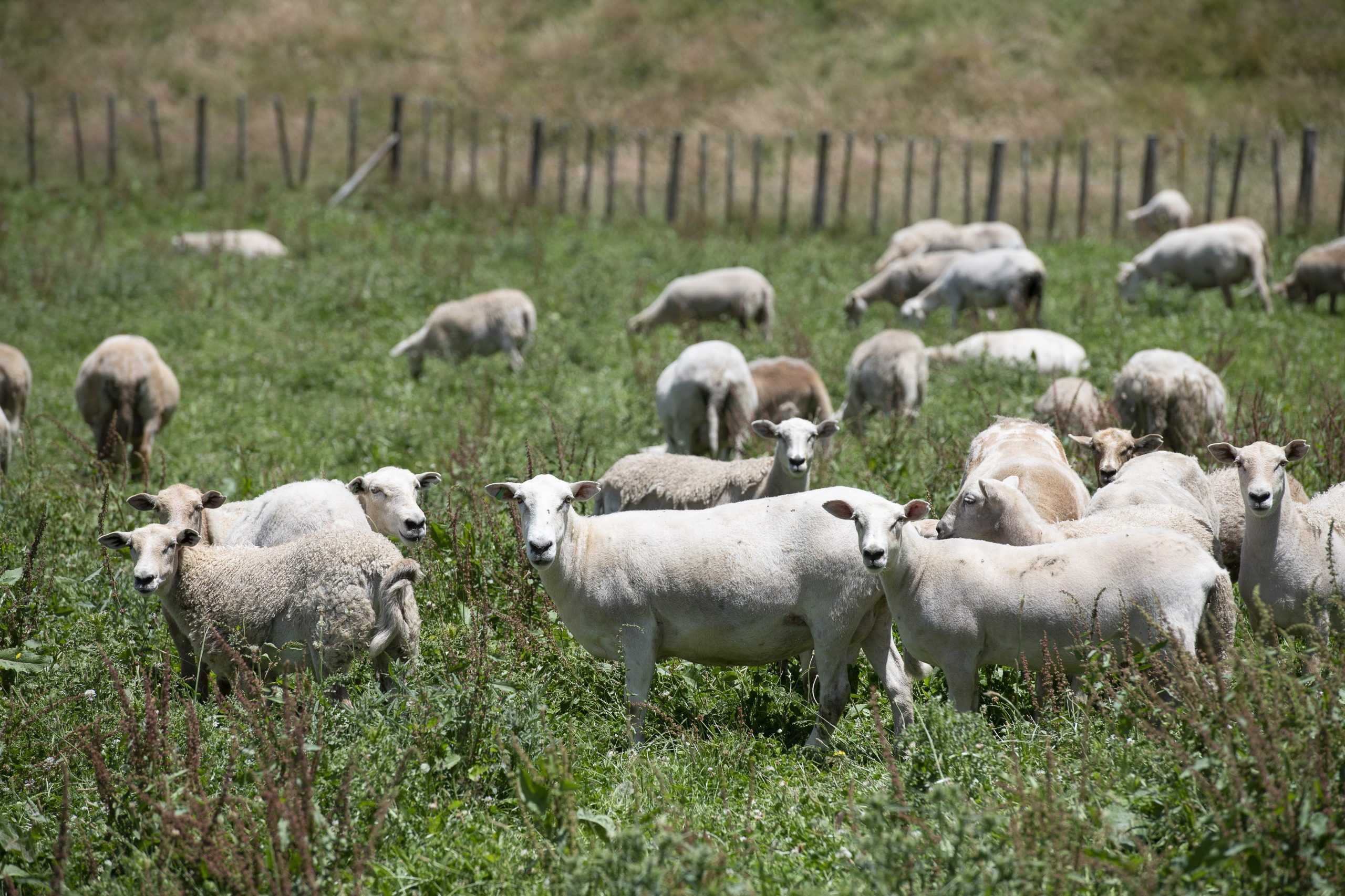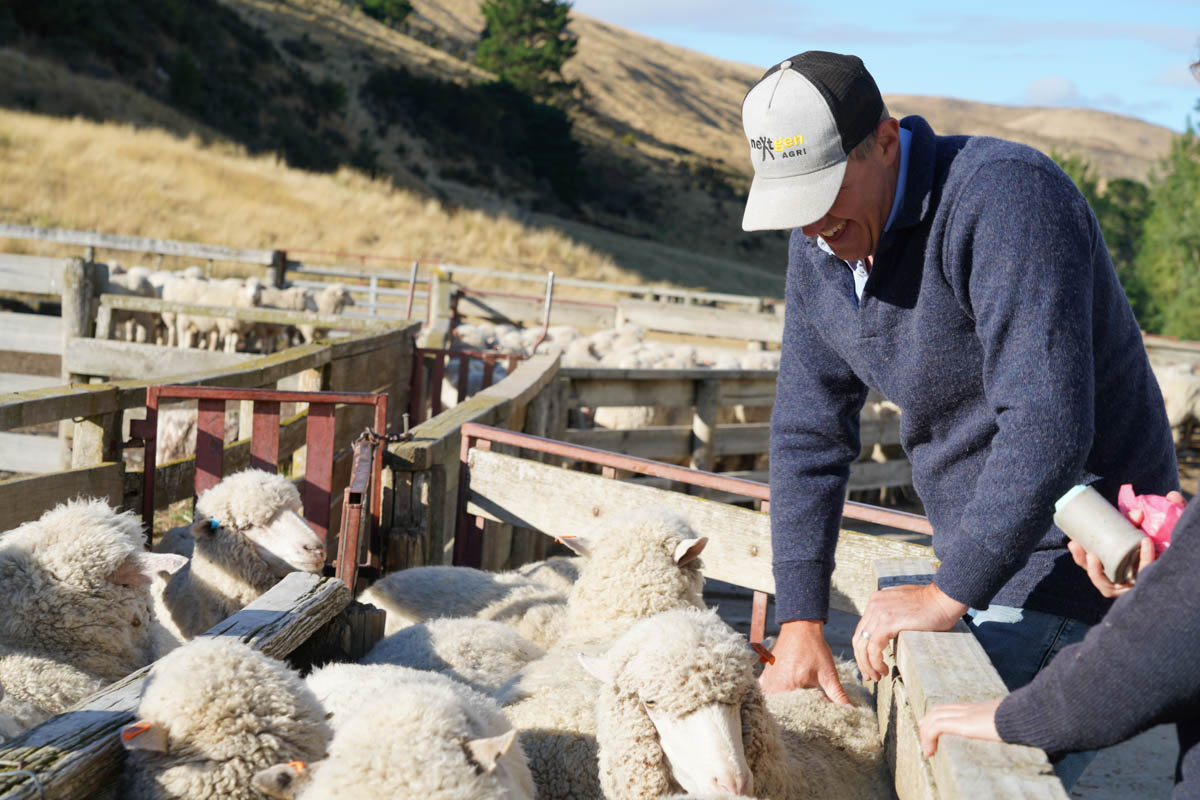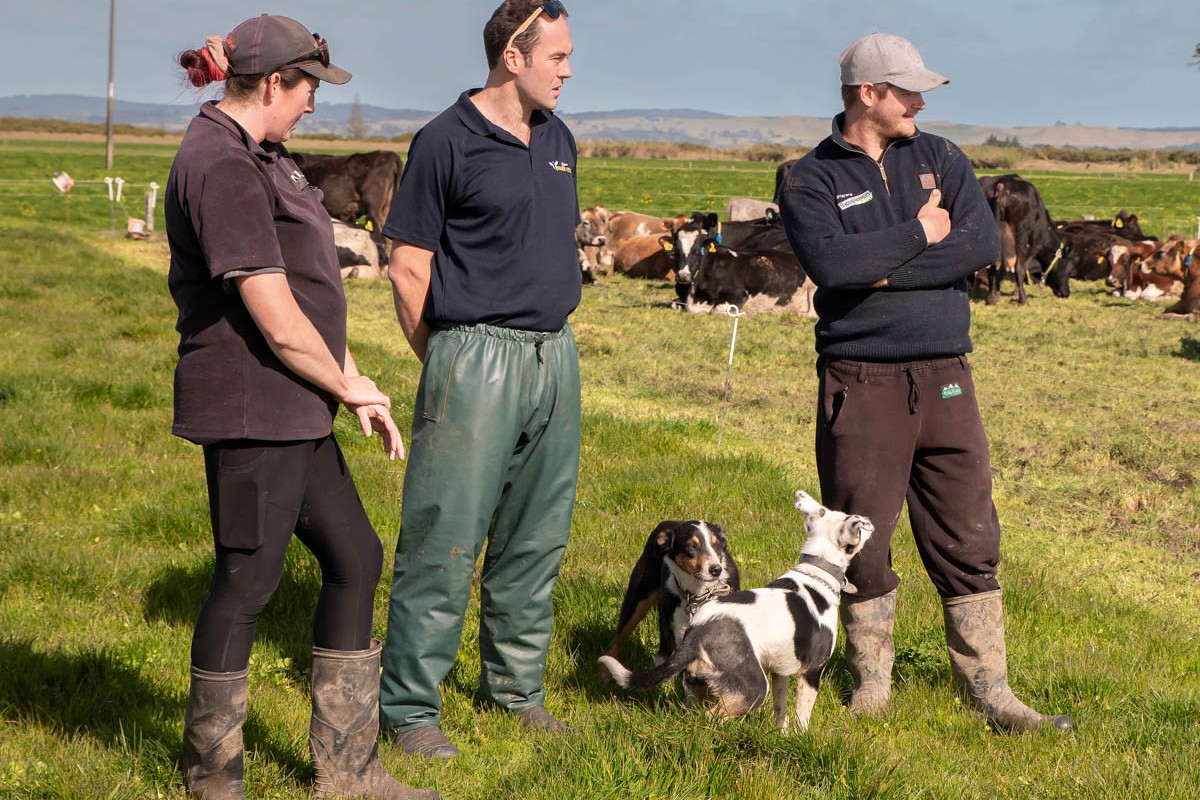Threat or an opportunity?
By: Trevor Cook

The recent sheep census suggested that the sheep numbers in New Zealand are down to a record low for the past 80 years. Is this a threat or opportunity? If based on a simple supply/demand model where the demand exceeds the supply it should drive an increase in price. At some point though with a decline in supply the issue of critical mass comes into play. Excess processing capacity is already a problem. That excess getting bigger will be a cost to the whole industry.
Despite that background, the quest by sheep farmers to strive to be better does not fade. A recent farmer gathering brought together farmers focused on that objective by having sheep that do not need to be shorn. Taking that cost out of their business was the primary driver for this move. I was very surprised by how far down the track so many were, and how many were just starting the process this autumn so that all ewe lamb replacements next spring will be first crosses. Those far enough down the track could unequivocally report savings with no mention of regret. A response to this though is that the supply/demand equation above for wool might drive a much higher wool price as more flocks do not need to be shorn. Realistically that means wool prices need to be at least $8/kg to cover the full cost of sheep having wool. Cavalier, be warned.
The sheep breed that is centre stage to change is the Wiltshire. This breed has a mottled past, initially by having Dorset blended in to get rid of the horns. But their progress has not been helped by them being the darling of lifestyle blocks and organic farmers, many of whom were lifestylers. The consequence of this home for them has been minimal culling and selection. Not needing to be shorn was the sole reason for them being there. Poor conformation and lameness were just part of having them. However, the ‘proper’ farmers who have chosen that pathway have better sheep than those scruffy shedding sheep on small blocks that seemed to have unusually high visibility. That is not to say that a lot of basic culling/selection is yet to be done.
“At some point though with a decline in supply the issue of critical mass comes into play.”
What I have found exciting from my new exposure to these sheep is that there are other productive traits associated with them. Very high lamb survival, significant longevity gains and innate resistance or resilience to worms. Fecundity is probably their weakness, but remember that once applied to Romneys. Their terminal sire background supports them producing meat but an area that will respond quickly to selection. If ewes can be safely kept for another two years, the replacement rate can be reduced by nearly 20%. This lifts the profitability by 11%. In the face of the massive threat that I will refer to later, the huge decrease in the need to drench these wool shedding lambs will be an invaluable tool for managing this threat.
Performance selection is well underway, selection for facial eczema tolerance is well progressed and the introduction of other genetics that also have no wool is enhancing this change. As for any introduction of new genetics, care must be taken that standards are not dropped. When the exotic sheep were released into the market in the late 1980’s the attributes that they brought were so sought after that basic standards were dropped. It took a long time to get rid of those faults. Just as the Wiltshires have a mixed quality background it is vital that vigorous culling is part of this change.
Earlier in the year, I extrapolated the experience of mowing my lawns into the monthly practice of drenching lambs or calves. That story sparked a lot of comment and the bit that I tried not to focus on, that is drench failure, has continued to grow to the point where all farms have to be considered to harbour very resistant worms unless that farm has evidence of otherwise. Even on farms that were implementing practices that should have not led to a resistance outcome are succumbing. That could mean that either those recommendations were wrong, or were not being fully implemented. I suspect that when the level of resistance is simmering it does not take much to tip it into a more serious level. To buy lambs is now a very risky act and quarantine treatments need to be very robust. Those owners of flocks that have very low levels of drench resistance have a highly valuable status. They should have a very valuable product to sell.




